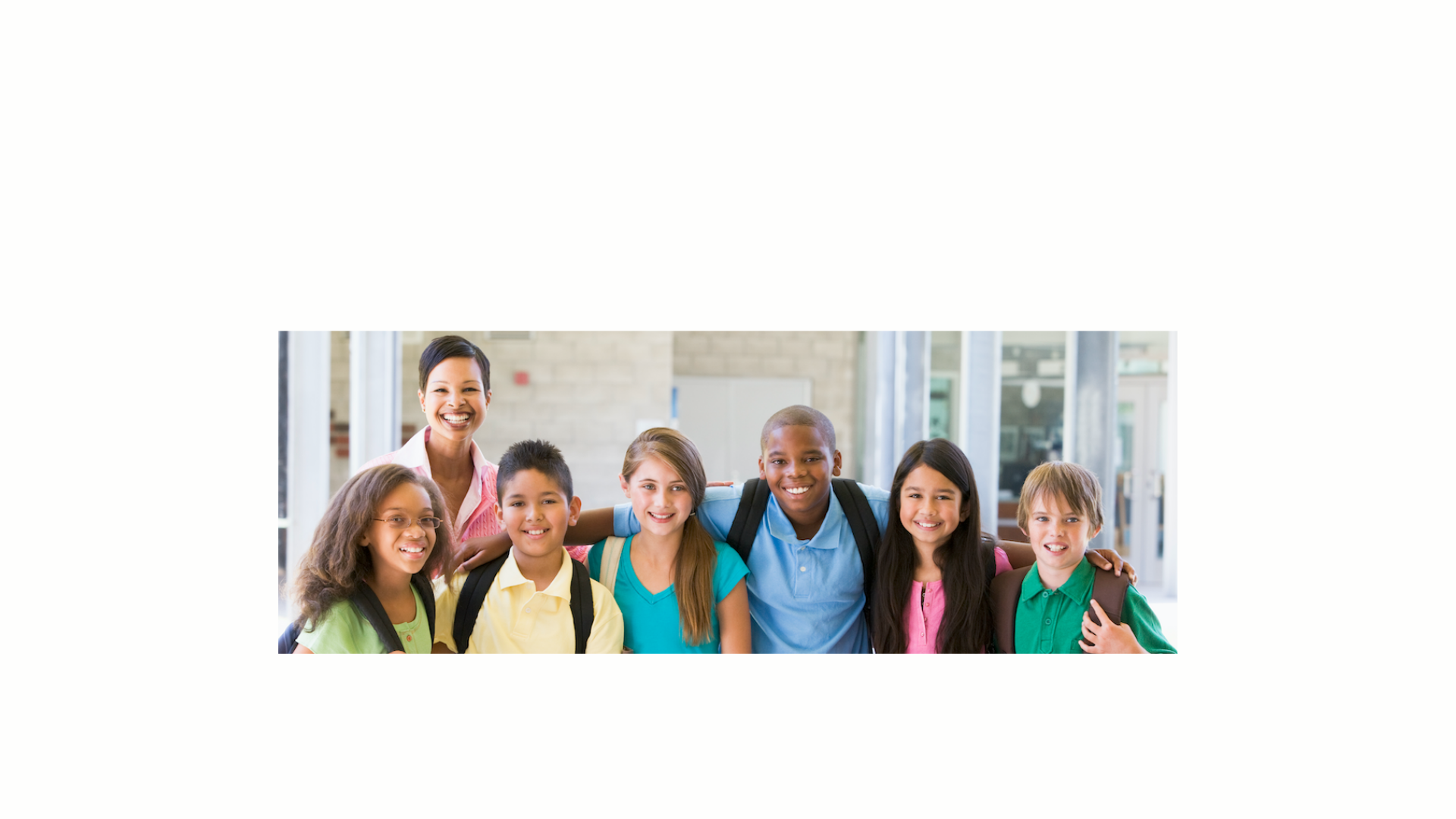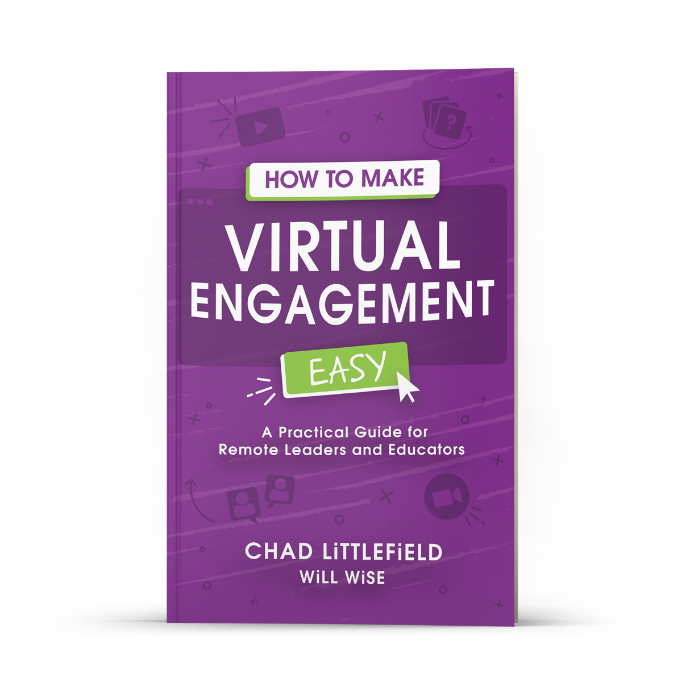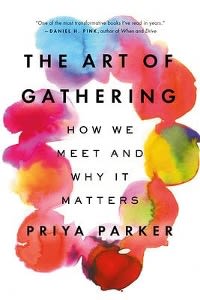SIGnetwork: January 2022

News You Can Use

Stephanie Autumn joined us again for the January Directors’ Webinar Learning Laboratories and Restorative Practices. Small groups shared:
- Ideas/strategies that could be implemented in schools to garner youth, family, and community voice in policy, education supports and services, and decision making;
- How they have utilized assets and/or existing successful practices and strategies in developing solutions to challenges that youth, families, community face; and
- What hope-centered relationships with colleagues, youth, families, and community look like, feel like, sound like.
A few of the ideas that came from the conversation:
Leverage parents in the community to gather information and bring back information. Especially, if you find influencers that can open the door.
Parents on district leadership teams meet with other parents (one district leadership teams) to share ideas.
Having a resource map or connecting families and youth to resources or networks. Often it is assumed that parents (and youth) know what they don’t know.
Michigan has two upcoming webinars that are open to the public:
February 9th, 2022: Using PBIS for Substance Abuse Mitigation Programming
February 16th, 2022: Enhancing Implementation of Substance Abuse Misuse Mitigation Strategies within a PBIS Framework
ICYMI: Recordings from the SPDG National Meeting, “Telling Our Stories”, are now available! Head to our Depot page to watch videos, such as Using Student Outcome Data Stories to Recruit and Enroll Stakeholders in Sustaining Implementation with Florida’s Cindy Medici and Kimberlee Oakes (Recording).
Improving Professional Learning

Johnson: Teacher Professional Development Is in a Rut, but Better Research Can Help. New Partnership Is Looking to Do Just That | The 74
Excerpt from the article:
A new and growing body of research suggests that professional learning, done well, can both increase teacher morale and raise student outcomes. This means it is:
Grounded in the content and curriculum of the teachers receiving it;
Dependent on the expertise of facilitators or colleagues;
Designed to facilitate teacher collaboration and;
Aligned with the stated goals, standards and policies of the school or school system.
Microteaching: An Opportunity for Meaningful Professional Development
…microteaching becomes a key structure to connect theory, outside expertise, and practice in a sustainable and practical manner in a classroom setting. The CEEDAR Center, a center dedicated to preparing teachers and leaders in implementing evidence-based practices, has also noted that microteaching is an effective practice. Readers can find additional materials and resources on the CEEDAR website.
Abstract: Microteaching is a way of doing professional development for teachers wanting to incorporate new evidence-based and high-leverage practices into their instructional toolboxes. Given how much work is required in teaching and the limited time professionals have available, microteaching is an accessible process that supports instructional improvement by practicing evidence-based and high-leverage strategies. Professionals, working with a small group of peers, engage a four-phase process that includes planning, enactment of a strategy, as well as individual and group reflection. Professionals use the opportunity to explore a teaching strategy that is responsive to student needs in the context of critical friends. Having an opportunity to try it out before introducing it in the classroom can be a valuable way to work out bugs, discover aspects that need development, and build a sense of efficacy. Microteaching is a way to support collegial growth by seeing into each other’s classroom practice.
Kroeger SD, Doyle K, Carnahan C, Benson AG. Microteaching: An Opportunity for Meaningful Professional Development. TEACHING Exceptional Children. January 2022. doi:10.1177/00400599211068372
Research Roundup

Abstract: “After identifying all of the state-created instructional materials evaluation tools in the areas of English/language arts and mathematics, we reviewed the tools and coded them for evidence of alignment with the six implementation indicators defined by the Hexagon Tool (Metz and Louison, The Hexagon Tool: exploring context. Based on Kiser, Zabel, Zachik, and Smith (2007) and Blase, Kiser and Van Dyke (2013). NIRN, FPG, UNC Chapel Hill https://nirn.fpg.unc.edu/sites/nirn.fpg.unc.edu/files/imce/documents/NIRN%20Hexagon%20Discussion%20Analysis%20Tool_September2020_1.pdf, 2018 ). We found that 15 states provide state-created evaluation tools, and only 1 state provides a tool that thoroughly addresses issues of implementation as outlined in the Hexagon Tool. We conclude with a discussion of how state departments of education can support local education agencies in examining the contextual factors related to implementation and selecting instructional materials that are best suited for the unique context of their schools.”
Rolf, K. R., Pinkelman, S. E., & Bundock, K. (2021). Reviewing Tools for Evaluating K-12 Instructional Materials Through an Implementation Lens. Global Implementation Research and Applications, 1(1), 5-16.
https://link.springer.com/article/10.1007/s43477-020-00005-w
Opportunity to Participate in Research!
The Coaching with Impact (CWI) project will provide extensive training and support for middle school ELA coaches on Jim Knight's Coaching Model at no cost to districts for a 3-year impact study starting in fall 2022. The American Institutes for Research is partnering with Instructional Coaching Group and Learning Forward on the project. In participating schools, local coaches will provide structured one-on-one coaching cycles driven by teachers’ goals for students and detailed descriptions of proven instructional practices.
For more information on how to participate, email CWIproject@air.org
Making Your Work Easier

Communicating the “Learning” in Social-Emotional Learning
“To mitigate these (COVID-19) disruptions to the educational process and to help students acquire and practice the skills they will need to be successful in all phases of their lives, many schools turned to or deepened the application of social-emotional learning (SEL). However, this strategy led to another set of challenges about how best to communicate the meaning and importance of SEL to parents in the midst of this divisive environment.”
5 Ways School Leaders Can Work to Prevent Teacher Burnout | Edutopia
Selected strategies for leaders:
- “Where can I alleviate roles for my staff? Can I bring in more parent volunteers or reduce the workload of these extra roles?” Be a role reducer, not a role enforcer.
- Consider how and when your new teachers will work with a mentor. Will they be able to see strong, veteran teachers in action? Will the experienced teachers have an opportunity to see the novice work as well? Is there a time slot built in for reflection and dialogue within school hours?
- Culture-building tip: Emphasis on test scores is strongly connected to a lack of satisfaction for teachers. If you need to raise exam scores, allow teachers to sit on the committee that brainstorms that process. They’ll feel more purposeful and heard if they have a hand in any decisions about what to implement and how.
- Be an obstacle remover. Amazing school leaders seek out areas where teachers don’t feel autonomous. ….An autonomous, respected faculty is one that’s positioned to thrive.…show your understanding by valuing and creating authentic spaces for teachers to share concerns directly with you and by following up with meaningful action to alleviate their concerns.
IES is announcing the award of seven new contracts for Regional Educational Laboratories (RELs), which work in partnership with educators and education stakeholders to bridge research, policy, and practice in education.
The REL program is IES’ largest single investment in supporting the use of rigorous evidence in education. RELs conduct applied research in partnership with stakeholders to address local and regional needs; provide training, coaching, and technical support for applying research to education improvement; and widely disseminate findings from high-quality research.
Contracts for the following REL regions will begin on January 3, 2022:
- REL Appalachia: SRI International
- REL Mid-Atlantic: Mathematica
- REL Midwest: American Institutes for Research
- REL Northeast and Islands: Education Development Center
- REL Northwest: WestED
- REL Pacific: McREL International
- REL West: WestED
IES will provide updates on the two other regions that were part of this competition, REL Central and REL Southeast, as information becomes available. A separate competition for REL Southwest is currently underway.
Learn more about the REL program on the IES website.
For more information about the REL program, email NCEE.feedback@ed.gov.
Spotlight on OSEP/TA

State, District and School Administrator Inclusion Resources | TIES Center
Inclusive districts and schools require leadership that has a vision that is inclusive of all students, including those with significant cognitive disabilities, and systematically develops and nurtures the system to be sustainable. Alignment across all levels of the system from state education agencies to district administration to school administration builds coherency and momentum to make the changes that lead to positive outcomes for all students.
Podcasts of the Month

The School Leadership Show: S4 E2 Trust-Based Observations
Interview with Craig Randall, author of Trust-based Observations: Maximizing Teaching and Learning Growth. Randall provides ideas of how to enter into a trusting relationship with the educators you are observing, with a focus on learning growth.
The Next Education Workforce
Interview with former Education Secretary, John B. King. Notable moment: King shares how a local program assigned new teachers to community groups prior to student teaching. This allowed the teachers to understand families as a whole and build relationships with them.
If You Have the Time


How to Make Virtual Engagement Easy
Chad Littlefield & Will Wise
Littlefield and Wise have a free video series and a book on virtual engagement that can help you strategize engaging even the most reluctant participants.
You can subscribe to their YouTube channel, as well: https://www.youtube.com/channel/UCIZk6RPhfrjVQ4zGDNH2b9A

The Art of Gathering: How We Meet and Why It Matters
By Priya Parker, 2020
Bookshop.org: “From the host of the New York Times podcast Together Apart, an exciting new approach to how we gather that will transform the ways we spend our time together--at home, at work, in our communities, and beyond.
In The Art of Gathering, Priya Parker argues that the gatherings in our lives are lackluster and unproductive--which they don't have to be. We rely too much on routine and the conventions of gatherings when we should focus on distinctiveness and the people involved. At a time when coming together is more important than ever, Parker sets forth a human-centered approach to gathering that will help everyone create meaningful, memorable experiences, large and small, for work and for play.
Drawing on her expertise as a facilitator of high-powered gatherings around the world, Parker takes us inside events of all kinds to show what works, what doesn't, and why. She investigates a wide array of gatherings--conferences, meetings, a courtroom, a flash-mob party, an Arab-Israeli summer camp--and explains how simple, specific changes can invigorate any group experience.
The result is a book that's both journey and guide, full of exciting ideas with real-world applications. The Art of Gathering will forever alter the way you look at your next meeting, industry conference, dinner party, and backyard barbecue--and how you host and attend them.”

